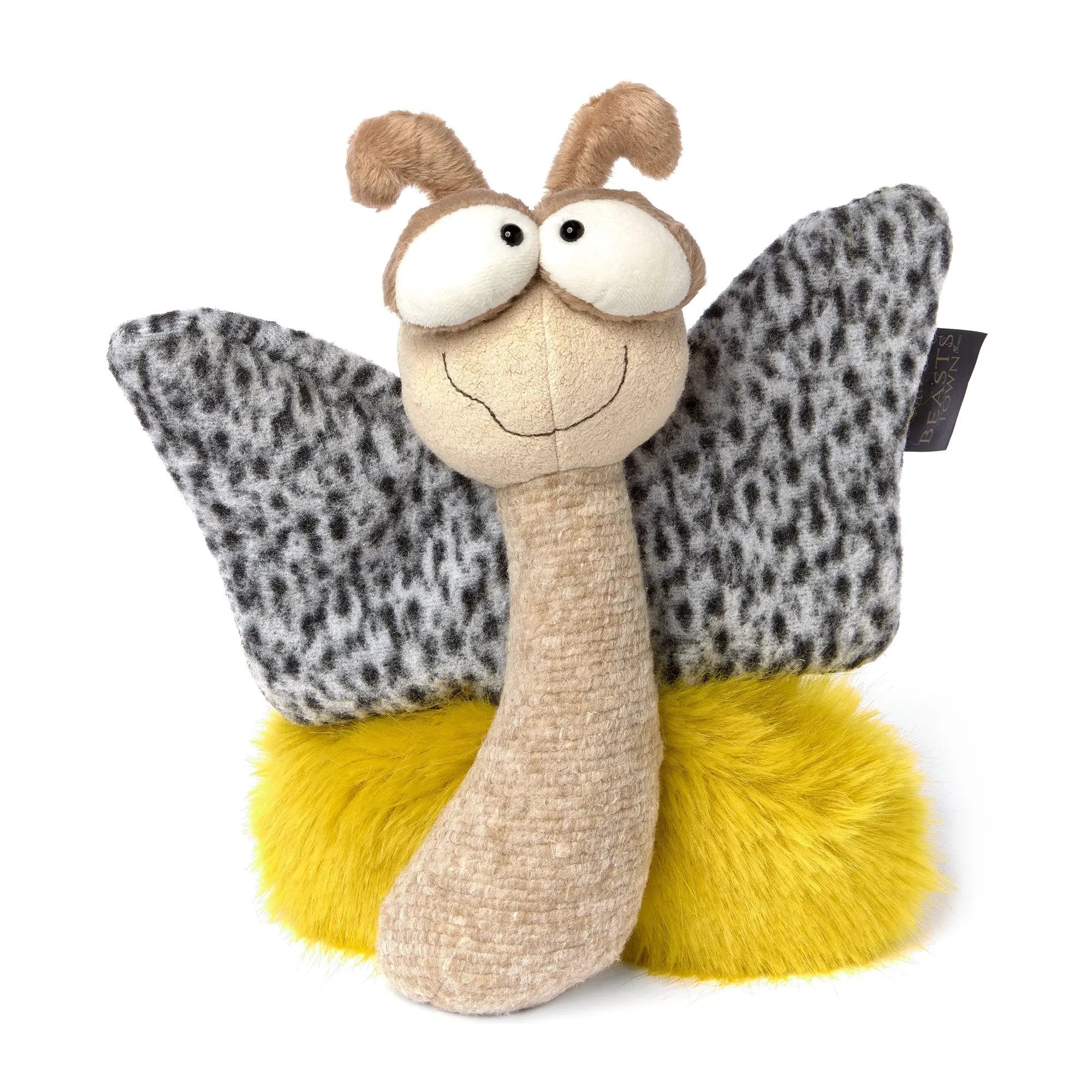 An open-ended toy is one that can be played with in many different ways. They aren’t bound to one form of play. For example, a video game can only function in one way. You can’t make spontaneous changes depending on your mood. But an open-ended toy can be used to suit your child’s imagination. This nurtures their creativity and developing skills.
An open-ended toy is one that can be played with in many different ways. They aren’t bound to one form of play. For example, a video game can only function in one way. You can’t make spontaneous changes depending on your mood. But an open-ended toy can be used to suit your child’s imagination. This nurtures their creativity and developing skills.
Here are some of the best open-ended toys you should have in your playroom. The best part about them is that they’re suitable for all kids at all ages, boy or girl, so everyone can play together.
1. Blocks
Blocks are a classic toy that everyone (hopefully) played with when they were children. Blocks can be played with in any way. They can become accessories in many other types of games. They can make a garage for toy cars, a castle for toy knights, or be a part of imaginative games, like an exotic alien currency or buried treasure.
2. Legos
Legos, like blocks, can be configured in countless ways. They can become counterpart to other games, but there is so much you can do with Legos that you usually don’t have to. Even though they often come packaged as sets, they may only be built into their intended configurations once before they end up in a big tub of miscellaneous pieces. Every so often, dump them on the carpet and see what your kids come up with.
3. Playsets
Playsets (like storefronts, mechanic's benches, or kitchens) may seem like you can only play with them one way, but that isn’t the case. When kids use playsets, they practice with roles and behaviors that they are just learning about. Even if your kids only play “mommy and daddy” around the kitchen set, they still never play the exact same game twice.
4. Stuffed animals
Stuffed toys can play a large number of roles in imaginative play because they can be anything. Since they’re anthropomorphic, they can take the place of people in your child’s imaginative scenarios. Children can learn empathy by talking to their stuffed toys, listening to their replies, and enacting (or reenacting) real life events.
5. Costumes
Every playroom should have a few costume pieces in a chest or hanging on a wall. Costumes let children further submerse themselves in their fantasies and pretend to be something else. Some costumes lend themselves to fewer types of play, like a fireman’s hat, but others are more versatile, like a child’s umbrella, big floppy hat, old towels, an oversized coat, cheap costume jewelry, etc. With these items, children can turn themselves into anything.
6. Cardboard boxes
Have you ever purchased something, taken it out of the package, and found your children playing with the box? There’s something about cardboard boxes that attract kids. The boxes become spaceships, pirate boats, racecars, and forts. You don’t have to buy anything specifically for the box, but the next time you end up with a big one, keep it clean and put it aside for playtime adventures.
Written by Eva Frecea, CEO sigikid-usa
sigikid is a family owned company whose roots back more than 150 years. sigikid’s German parent company “H. Scharrer & Koch GmbH” was founded in 1856. In 1910, Theo Köhler, the great-grandfather of sigikid’s current owner, took over and introduced toys. When the next generation took over in 1968, the trademark sigikid was born. Eva handles business development in the Americas, creating plush, educational and organic toys.
At sigikid, we put all our focus on playing. Our products are designed to make children happier. To achieve this, we use the most wholesome and important ingredients available: quality and love. sigikid toys are classic, innovative, prestigious, durable, soothing and affordable. We're playfully different!
Interested in writing a guest blog for sigikid-usa? Send your topic idea to press@sigikid-usa.com.
All data and information provided on this site is for informational purposes only. sigikid-usa makes no representations as to accuracy, completeness, current-ness, suitability, or validity of any information on this site and will not be liable for any errors, omissions, or delays in this information, or any losses, injuries, or damages arising from its display or use. All information is provided on an as-is basis.

